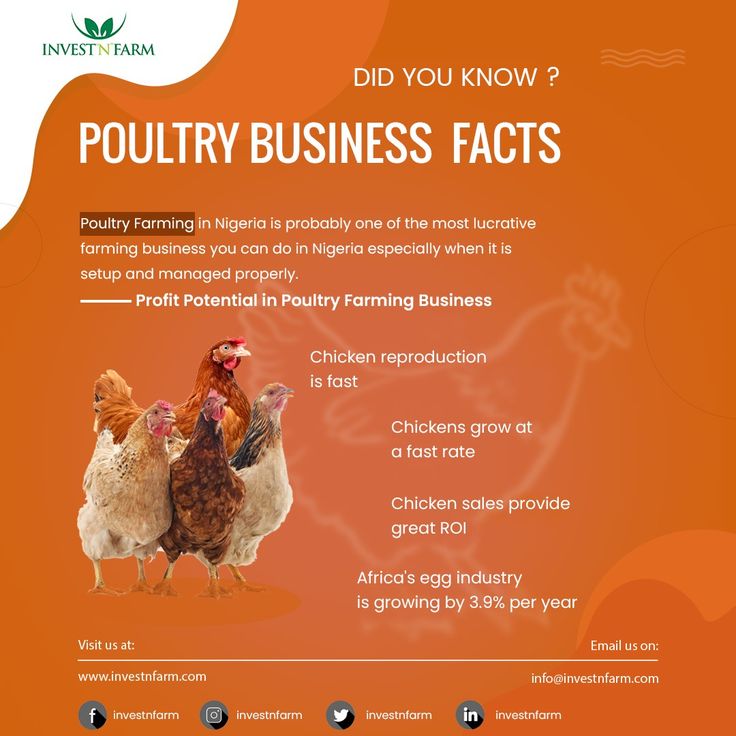The poultry industry is a vital sector of the global economy, contributing significantly to food security and providing numerous job opportunities. However, despite its prominence, there are several facets of this industry that many individuals remain unaware of. Let’s explore five important facts about the poultry industry that not only highlight its complexity but also challenge common perceptions.
1. Economic Powerhouse: Understanding the Scale of Production
The poultry industry is one of the largest segments of the global agricultural sector, producing billions of birds annually. In fact, global chicken meat production alone exceeds 130 million metric tons, accounting for a substantial share of the total meat consumed worldwide. This remarkable production scale generates millions of jobs, from farmers to processors to retailers, supporting livelihoods in urban and rural areas alike. But have you ever wondered how fluctuations in demand affect pricing and availability of poultry products?
The intricacies of supply chains merit consideration; production is often influenced by seasonality, consumer preferences, and even international trade policies. Economic downturns or shifts in consumer trends can prompt a reevaluation of production strategies, leading to potential surpluses or shortages in the market. Understanding these dynamics can be pivotal, not just for stakeholders within the industry, but also for consumers who wish to anticipate and navigate pricing changes.
2. Environmental Impact: The Duality of Agriculture
The poultry industry does not exist in a vacuum; it interacts with environmental systems in complex ways. On one hand, poultry farming can be a more resource-efficient form of animal agriculture compared to larger livestock such as cattle. Chickens convert feed into protein at a more favorable rate, requiring less land and water per pound of meat produced. However, intensive poultry operations can also lead to significant environmental challenges.
For instance, the concentration of poultry farms can contribute to water pollution through runoff containing excess nutrients and pathogens. The quest for sustainability has prompted many operators to adopt practices that minimize environmental footprints, such as integrating waste management processes or employing precision agriculture techniques. As a consumer, are you aware of the ecological consequences posed by your poultry choices, and how those choices can influence the industry’s shift toward sustainability?
3. Animal Welfare: Striving for Better Standards
As public awareness around animal welfare grows, so too does scrutiny about the conditions in which poultry are raised. Issues such as overcrowding, lack of adequate veterinary care, and insufficient living conditions have spurred debates among animal rights advocates, consumers, and farmers alike. Although many producers have made strides in improving welfare standards, the conversation continues to evolve.
Certifications such as Certified Humane or Animal Welfare Approved seek to provide transparency and assurance that poultry has been raised under stringent welfare standards. The challenge, however, remains in educating consumers on what these certifications truly mean. Are these labels merely marketing tools, or do they genuinely reflect a higher standard of care? As you make purchasing decisions, considering the implications of animal welfare can lead to a more informed and conscientious approach.
4. Technological Advancements: Revolutionizing the Industry
The poultry industry has seen significant technological advancements over the years, leading to increased efficiency and productivity. Innovations such as genetically improved breeds, precision feeding techniques, and automated farming equipment have transformed traditional farming methods. This tech-savvy approach allows for monitoring animal health, optimizing feed utilization, and reducing labor costs, all while maximizing output. Yet, with every technological leap, ethical dilemmas arise.
Is there a fine line between leveraging technology to enhance productivity and compromising the quality of life for the animals? As consumers increasingly favor transparency regarding farming practices, producers face the challenge of balancing profit margins with ethical considerations. This dilemma poses interesting questions about the future of poultry farming and its relationship with consumer confidence.
5. Global Trade Dynamics: The Interconnectedness of Markets
The poultry industry is not confined to national borders; it is part of a global market affected by trade agreements, tariffs, and varying regulations across countries. Major exporters, such as the United States and Brazil, play a pivotal role in fulfilling the ever-growing global demand for poultry products. Issues such as food safety, health regulations, and disease outbreaks can disrupt trade, leading to far-reaching implications on both producers and consumers.
As trade dynamics fluctuate, consumers may face challenges related to the availability and price of poultry products. Are your purchasing habits influenced by global events that you may not be fully aware of? The interconnectedness of the poultry market underscores the importance of staying informed about international relationships and policies that can impact local supply chains.
In summary, the poultry industry is a complex and multifaceted arena that plays a crucial role in food production and economy globally. From its economic implications to environmental concerns and the ever-present challenges of animal welfare and technological advancement, understanding these aspects not only fosters greater awareness but also encourages responsible consumer behavior. As individuals navigating the industry, the questions posed herein urge us to reflect on our choices and their broader consequences.









